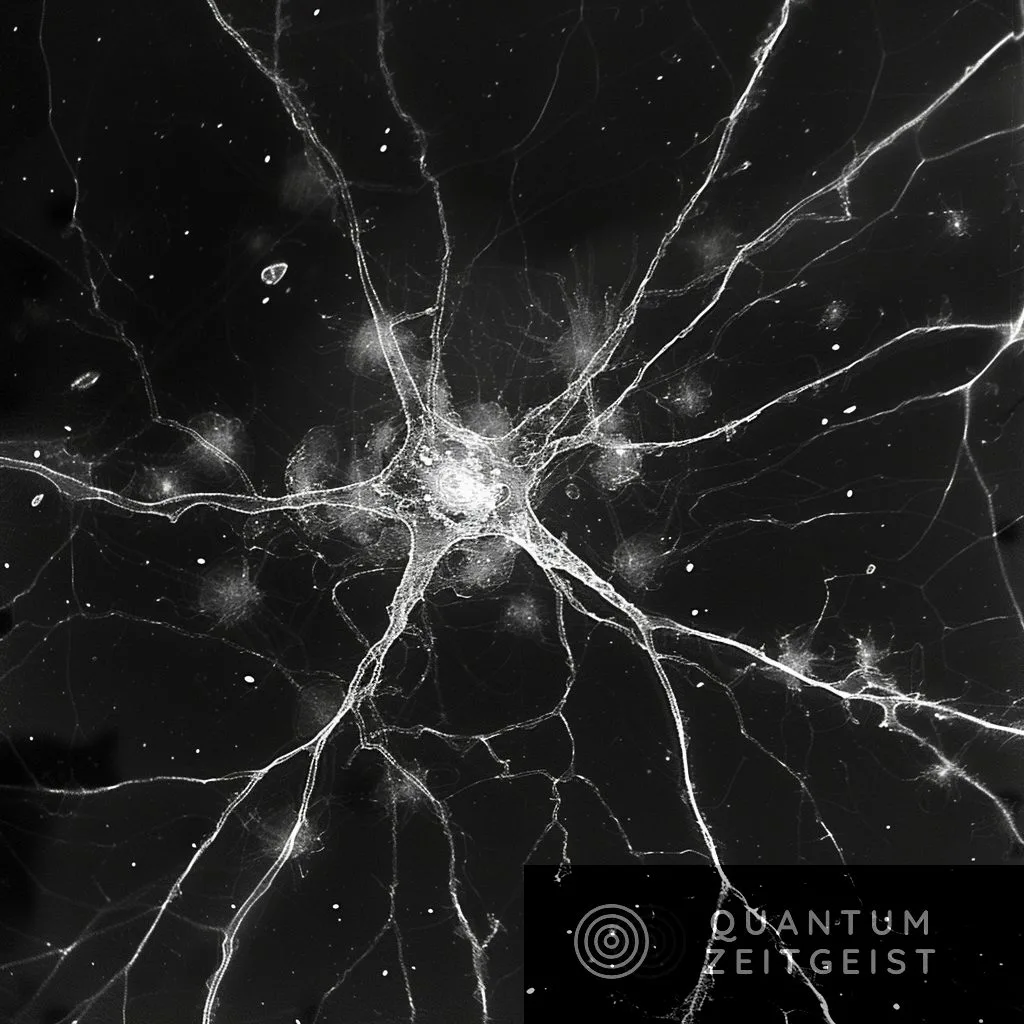Quantum Reinforcement Learning (QRL) is a burgeoning field that merges neuroscience, psychology, and computer science to create more robust systems. The field has seen a surge in research activity, particularly in reinforcement learning (RL), where insights from neurobiology and neuropsychology have revolutionized algorithm development.
Quantum Neural Networks (QNNs) have shown promise in RL for energy-efficiency scenarios, outperforming classical models. Brain-inspired models play a significant role in QRL, with a novel model integrating quantum spiking neural networks (QSNN) and quantum long short-term memory (QLSTM) architectures showing superior performance in optimizing energy use. The future of QRL looks promising, with continuous advancements expected in the field.
What is Quantum Reinforcement Learning and How Does it Work?
Quantum Reinforcement Learning (QRL) is a novel field that combines principles from neuroscience, psychology, and computer science to enhance the development of more robust systems. This interdisciplinary fusion has driven innovation, particularly in reinforcement learning (RL), where insights from neurobiology and neuropsychology have revolutionized algorithm development, leading to a surge in research activity.
In the field of RL, there is a consensus that the prefrontal cortex (PFC) and basal ganglia (BG) are key structures involved. Neurophysiological experiments have revealed that the medial prefrontal cortex (mPFC) contributes to regulating RL parameters such as learning rate and exploration rate. Additionally, representations in the entorhinal and ventromedial prefrontal cortex (vmPFC) play a significant role in generalizing the framework of RL problems.
The most prominent computational model of information processing developed for the BG is the actor-critic model of RL, which closely aligns with the neural architecture of the basal ganglia. The actor-critic implements two computational modules: the critic, responsible for learning state values, and the actor, responsible for learning stimulus-response (SR) associations. Both the critic and the actor utilize dopamine-signaled prediction errors to update their estimates.
How are Quantum Neural Networks Utilized in Quantum Reinforcement Learning?
Quantum machine learning has arisen as an intriguing focal point within the scientific community. Notably, variational quantum circuits (VQC), also known as quantum neural networks (QNN), have exhibited success across various domains including unsupervised learning and supervised learning.
Although research on QRL is still in its nascent stages, recent studies have showcased that QNNs can surpass classical models in RL for energy-efficiency scenarios. They achieve superior cumulative rewards while requiring fewer parameters to be learned.
Moreover, numerous researchers argue that quantum probability theory receives greater emphasis in quantum cognition compared to its physical counterpart. This is because quantum probability theory, functioning as a generalized probability theory, offers a more robust representation for tasks and internal states, permitting internal states to exist in an indefinite state prior to an action being taken.
What is the Role of Brain-Inspired Models in Quantum Reinforcement Learning?
Brain-inspired models play a significant role in the development of QRL. Inspired by the hippocampus, hierarchical state-space structures have been employed in gridworld simulations, while meta-learning has been utilized to mimic neurotransmitter dynamics.
Another significant area of research involves the emulation of theory of mind capabilities achieved through spiking neural networks for actor networks and artificial neural networks for critic networks. Attentional reinforcement learning techniques have also found applications in various domains.
The study introduces a novel model that integrates quantum spiking neural networks (QSNN) and quantum long short-term memory (QLSTM) architectures inspired by the complex workings of the human brain. Specifically designed for reinforcement learning tasks in energy-efficient environments, the approach progresses through two distinct stages mirroring sensory and memory systems.
How Does the Novel Model for Quantum Reinforcement Learning Work?
In the novel model for QRL, the initial stage is analogous to the brain’s hypothalamus, where low-level information is extracted to emulate sensory data processing patterns. Subsequently, resembling the hippocampus, this information is processed at a higher level, capturing and memorizing correlated patterns.
A comparative analysis of this model against existing quantum models, including QNNs, QLSTM, QSNN, and their classical counterparts, elucidates its unique contributions. Through empirical results, it is demonstrated that the effectiveness of utilizing quantum models inspired by the brain outperforms the classical approaches and other quantum models in optimizing energy use case.
Specifically, in terms of average, best, and worst total reward, test reward, robustness, and learning curve, the novel model shows superior performance. This highlights the potential of brain-inspired quantum models in advancing the field of reinforcement learning.
What is the Future of Quantum Reinforcement Learning?
The future of QRL looks promising with the continuous advancements in brain science and neuroscience significantly influencing the field of computer science, particularly in the domain of RL. The emergence of quantum computing has opened new frontiers in artificial intelligence, leading to the development of quantum machine learning (QML).
The integration of quantum spiking neural networks (QSNN) and quantum long short-term memory (QLSTM) architectures inspired by the complex workings of the human brain presents a novel approach to RL tasks in energy-efficient environments.
As research progresses, it is expected that the application and effectiveness of quantum models inspired by the brain will continue to grow, offering new possibilities for optimizing energy use and advancing the field of reinforcement learning.
Publication details: “Brain-Inspired Agents for Quantum Reinforcement Learning”
Publication Date: 2024-04-19
Authors: Eva Andrés, Manuel Pegalajar Cuéllar and Gabriel Navarro
Source: Mathematics
DOI: https://doi.org/10.3390/math12081230

